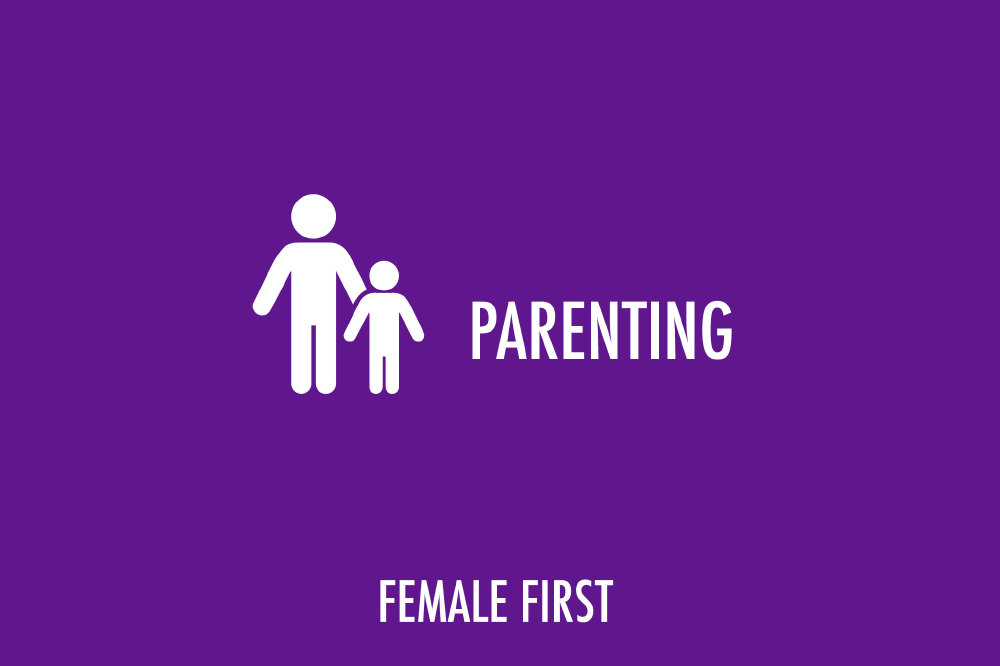by leading pharmacist, Daniel Brash

Parenting on Female First
“Nipple pain is most often triggered by baby not latching on correctly, so it’s worth trying different positions to feed your baby in. The important thing is to stay calm as any tension will be sensed by your baby. Ensure your fingers are away from your nipple so this doesn’t prevent your baby latching on properly and make sure that your baby's head is tilted slightly back. Position your nipple towards your baby's upper lip or nose, rather than the middle of their mouth. It can sometimes be helpful to rub your nipple across the top of their lip to encourage your baby to open their mouth. The following indicates that your baby has latched on correctly: their jaw moves in a circular movement, their tongue can be seen when the bottom lip is pulled down, their cheeks are rounded, there are no clicking or smacking noises, you can hear your baby swallow, their chin is touching your breast and their ears wiggle.”
“Ask your midwife or health visitor to check for tongue tie. Many cases are picked up while still in hospital but some are more difficult to detect (especially posterior tongue tie). If it is causing breast-feeding problems, a doctor can perform a simple operation. However this procedure doesn’t tend to cause distress to the baby.”
“If it’s painful when breastfeeding try to avoid using nipple shields. They can restrict the amount of milk the baby is able to get, which can leave the breasts to become more engorged and sore.”
“Mastitis can occur in the breasts – it’s an inflammation, and there can also be some infection present, and it’s usually caused by a blockage of milk flow. It’s essential to keep on breast feeding throughout, and seek advice from your health professional.”
“For nipple cracks and soreness, it may help to use a lanolin ointment or even better, a Rite Aid Hydrogel Breast Disc (www.HealthCare4All.co.uk) which is a breast pad that allows very rapid healing to take place underneath it. The discs are water based treatments designed to provide a moist environment to accelerate the healing process. When applied to a wound, the hydrogel creates a barrier around the wound to protect against bacteria and excessive fluid loss. Unlike traditional dressings, hydrogel dressings do not adhere to the wound, which reduces the trauma to the skin when the disc is removed. They are safe and extremely easy to use, promoting healing from underneath the pad. As soon as they are applied, they give instant relief of pain whilst simultaneously healing the cracked and sore nipple.”
“Take regular warm showers, apply warm compresses, massage the area, several times a day. Then, breastfeed immediately afterwards.”
“Gently compress the breast when the baby rests between feeds.”
Tagged in Parenting Breastfeeding Babies

